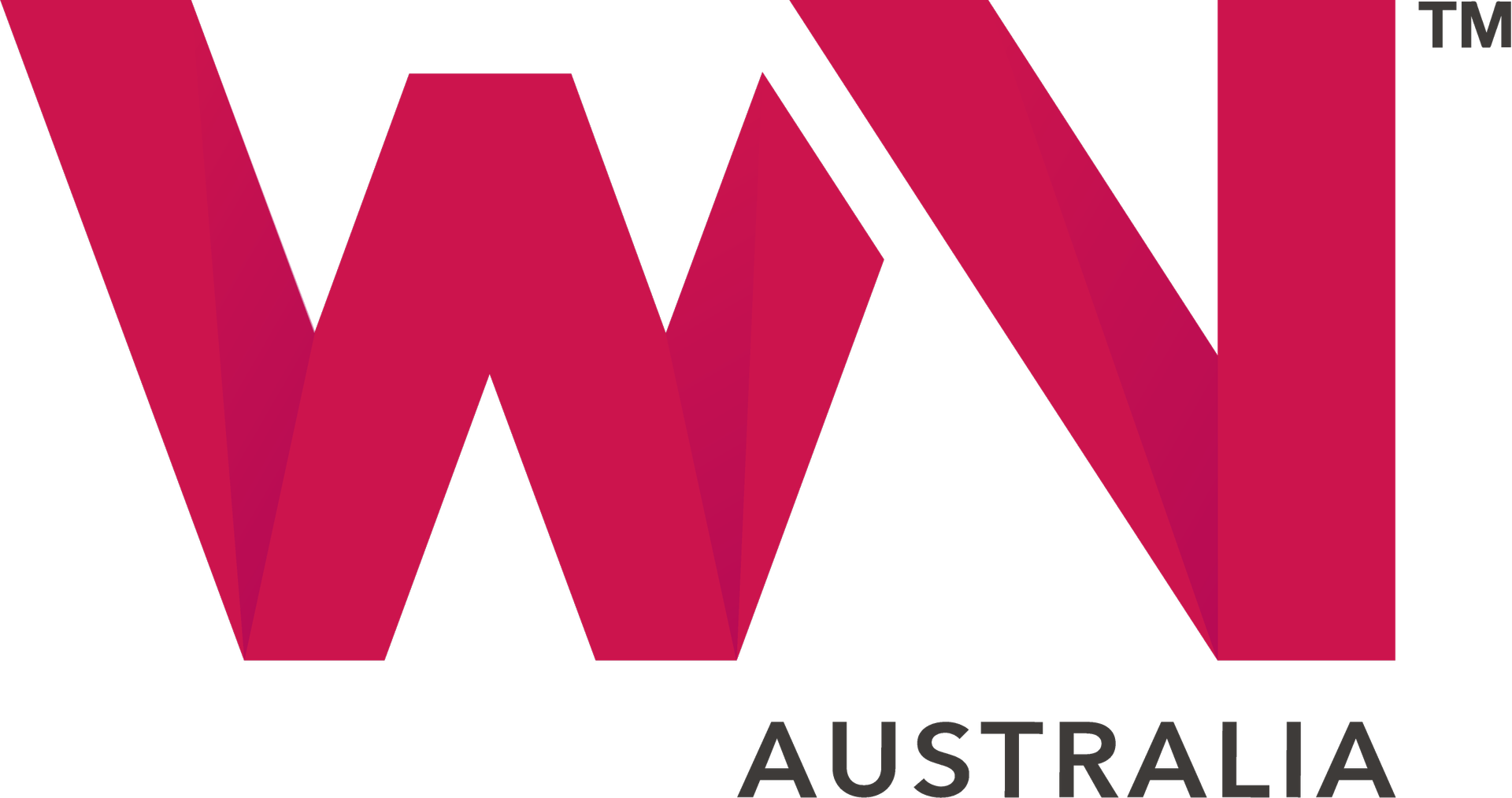Keeping Your Debtors In Line To Keep Your Cash Ticking Over!
In my last blog post we described the various factors that drive cash flow in your business. The third part of our series of blog posts on cash flow will do a deep dive into one of the cash flow drivers – accounts receivable.
To start off with it is absolutely critical to get your invoicing process right. Get this right and it will be easier for the customer to pay your invoice.
You will need to ensure the following is in your invoice:
- ABN and the words “Tax Invoice”.
- GST amount (if applicable) is clearly indicated.
- Trading terms are clear and include a due date for payment.
- Bank account details need to be on the invoice. It is amazing how many people leave this off which delays payment, as the customer doesn’t know where to send the funds.
- All goods and services being charged for need to be clearly itemised.
- Ensure the invoice is sent to the correct person. A good practice is to mark the invoice attention to the customer contact people who placed the order and send it directly to them. It is also a good idea to send a copy of the invoice to the accounts department.
- The most critical thing is to ensure you invoice promptly at the point of sending the goods or once the service is carried out.
After the invoice is sent to the customer you will need to manage things to ensure it gets paid.
Some of my tips are:
- Send account statements to customers at the end of each month.
- Run an Aged Receivables Report out of your accounting system at the start of each week to see what invoices are overdue for payment.
- Follow up all overdue accounts with a phone call to the customer. A common reply is for them to say they didn’t get a copy of the invoice. In this case you will send them another copy of the invoice and follow up again the next day to ensure they have the invoice and get them to make a commitment as to when payment will be made.
- It is important to keep chasing the customer until they make a commitment to pay the invoice on a set date. Once you get this commitment make a note to follow them up again if payment is not received when promised.
- If after repeated requests the customer still doesn’t pay refer the issue to a debt collection agency.
Next month we will continue our series of blog posts on cash flow where we will discuss how to manage your creditors to conserve your cash.
How do you manage your debtors and what issues do you have? Would love to hear your thoughts, so leave a comment below.
